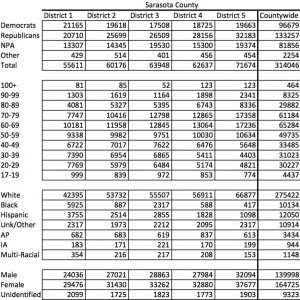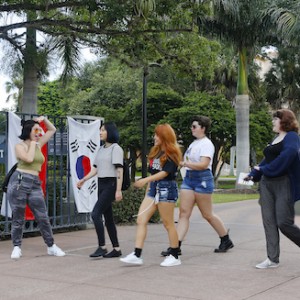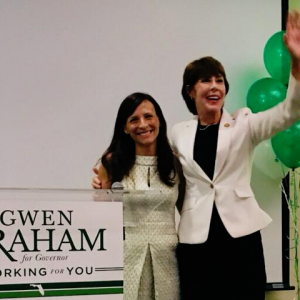New Find Sheds Light on (Really) Old Florida
Guest Correspondence
SRQ DAILY
SATURDAY MAR 17, 2018 |
BY MARK PRITCHETT
An unprecedented discovery in our own backyard has made international news in recent weeks. This breathtaking archaeological find—almost 3,000 years older than the Great Pyramids—offers a unique glimpse of the lives and landscape of the indigenous people who called this place home over 7,000 years before us. It also reinforces how deep Florida’s history runs and why it’s worth protecting and preserving.
In many senses, ours is a “new” state. Florida’s population has grown nearly 700 percent since 1950. Traditionally dominant industries in our region have focused on attracting people here and building places for them to stay, often permanently. You can pick your favorite joke about how hard it can be to find someone who was born here or how long a structure needs to stand to earn the label “historic.”
But look beyond the clichés and you’ll find that our history is rich, varied and, frankly, a big draw for those who come here. From the elegant mid-century modern architecture of the Sarasota School, to the walkable charms of the John Nolen-planned Venice Historic District, to the vestiges of pioneer life interpreted at places like Historic Spanish Point, our region oozes history, and residents and visitors love to soak it in. And then there’s the archaeological record, which spans 14,000 years and includes virtually every stage of human habitation of North America.
Newly added to that record is an incredible find 21 feet deep in the Gulf of Mexico just off the coast of Venice. First reported to Florida’s Department of State by a fossil hunter who realized he’d found a human jawbone, the Manasota Key Offshore site, as it’s now called, turned out to be a 7,200-year-old archaeological wonder.
The site was once an inland, freshwater pond used by ancestors of Florida’s indigenous people to inter their dead. Natural sea-level rise since the last ice age eventually inundated it. Incredibly, however, peat that covered the pond’s bottom remained intact, preserving organic material including wooden stakes, fibers and even human remains. The site also demonstrates features of the landscape on which those people lived, such as evidence of ancient springs and rivers, giving scientists an opportunity to reconstruct their prehistoric environment.
Because the site includes an ancestral resting place, the State is treating it with the respect and dignity required by law and deserved by the individuals buried there. A long-term management plan focuses on protecting this delicate submerged landscape and appropriate treatment of the remains is being conducted in direct communication with the closest living descendants of these ancestral people.
Our community is dutifully supporting this work, with local efforts coordinated by Gulf Coast Community Foundation at the request of Florida’s Secretary of State. Many local partners are helping, including Historic Spanish Point, Ringling College of Art and Design, Sarasota County Historical Resources, Venice Museum & Archives, neighborhood associations and others.
Even as the burial site is properly protected and preserved, which includes barring any disturbance or non-authorized exploration, the discovery holds vast potential for the public to learn about our region’s human and natural history. Finding a once-terrestrial site like this preserved on the continental shelf is a first in the Americas. As it was a community cemetery, what other parts of the community might have surrounded it? How did it survive sea-level rise, let alone hurricanes, erosion and other natural occurrences? How many other sites could be out there?
The Manasota Key Offshore site is the most recently discovered star in a wondrous constellation of archaeological treasures that dot our stretch of the Gulf Coast. Each illuminates what life was like for the first Floridians. Connecting them will provide a fuller understanding of our region’s fascinating past. As a community, we can advance this understanding by observing the laws that protect these sites, appreciating all that what we can respectfully learn from them, and thoughtfully stewarding the natural and historical resources we have inherited.
To learn more about the Manasota Key Offshore site, visit dos.myflorida.com or GulfCoastCF.org.
Dr. Mark S. Pritchett is president/CEO of Gulf Coast Community Foundation.
« View The Saturday Mar 17, 2018 SRQ Daily Edition
« Back To SRQ Daily Archive








